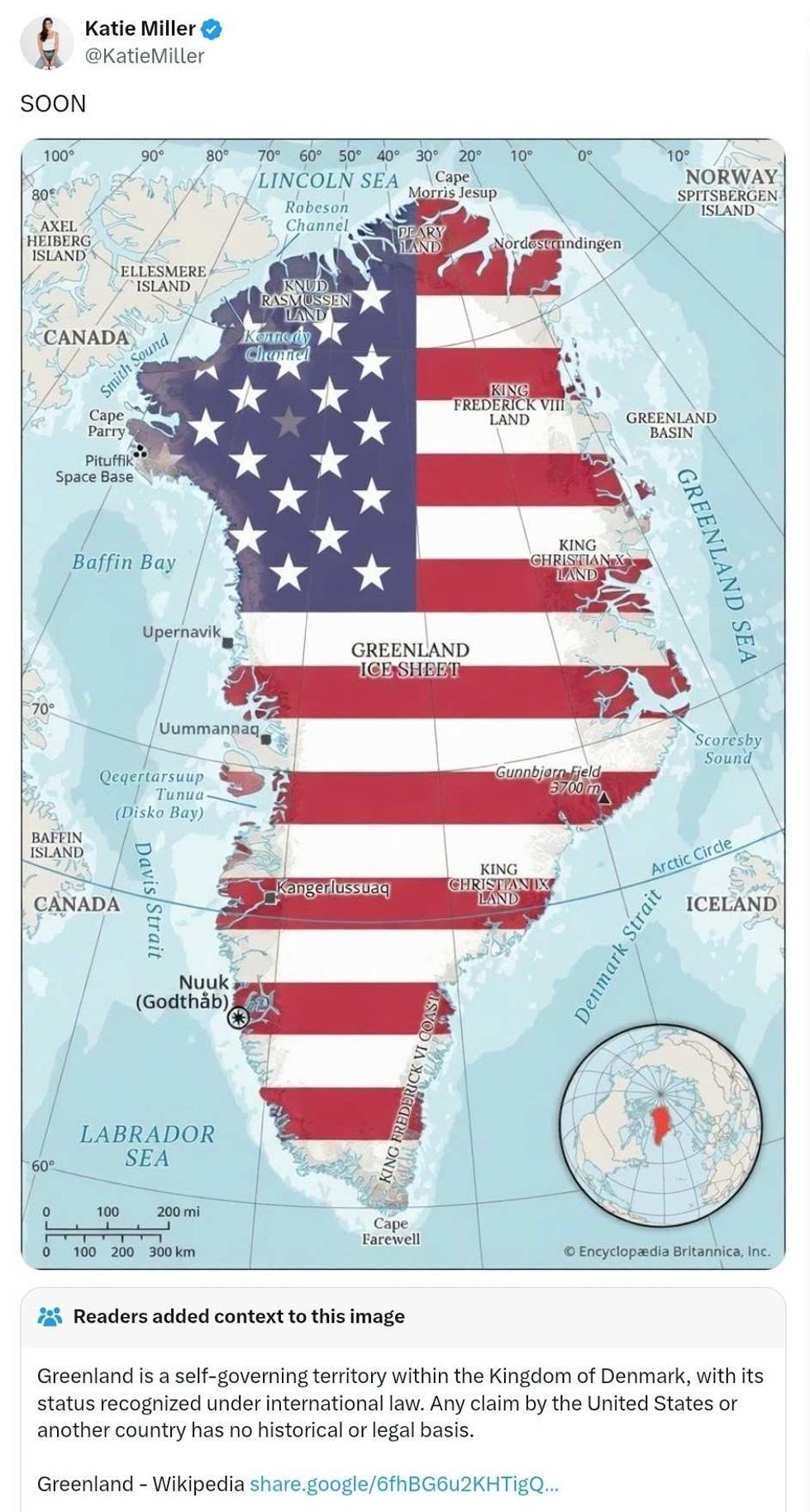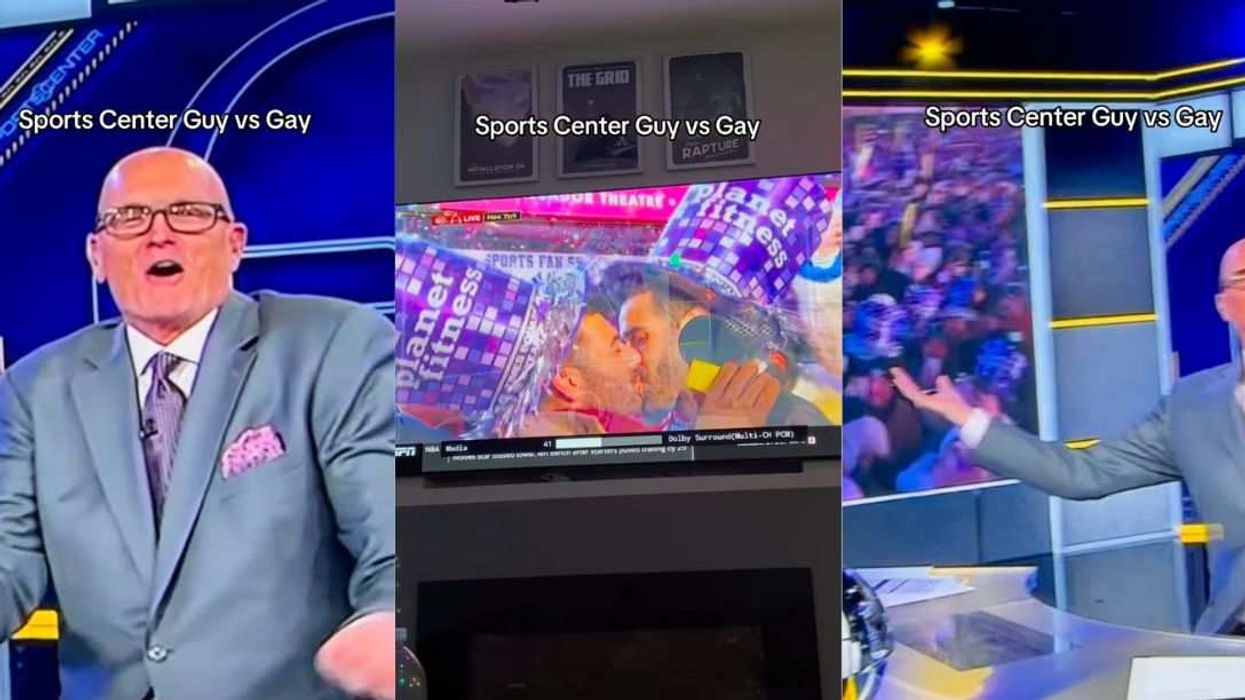A political cartoon titled Rescue Effort Still Underway to Save Boys Trapped in America by artist Pia Guerra is making the rounds on social media. Guerra's image, depicting child detainees in the United States watching the rescue of children in Thailand on TV, was first posted on Twitter by The Nib.
The Vancouver based artist "does editorial cartoons for relaxation and retribution."
Inspiration for the cartoon may come from two images taken back in 2014 at the McAllen, Texas, Border Patrol detention center for unaccompanied children. Unaccompanied children are those that entered the United States without any family members. Back in 2014 tens of thousands of people fled Honduras for the United States, including thousands of unaccompanied children.
The powerful images which feature the same little boy watching television struck a chord with the public, both times they were heavily used, first in 2014 and again in 2018.
News media looked for relevant images for stories covering President Donald Trump's zero tolerance policy for everyone entering the US without prior authorization. The policy, enacted by Attorney General Jeff Sessions and enforced by Homeland Security head Kirstjen Nielsen, eventually lead to almost 3,000 children being separated from their families.
But no photos of the Trump administration's child detainees were available because the media was not initially allowed into detention centers. So the photos from 2014 were resurrected.

But regardless of the story behind the photos, they etched themself into the minds of many. They bear a strong resemblance to Guerra's cartoon. Except now there are many more children in the picture, both in the cartoon and in reality. Child detention centers experienced extreme overcrowding after Trump's zero tolerance policy went into effect.
Author Colin Dickey addressed why people in the United States followed the story from Thailand so closely, suggesting people had made parallels in their own minds between two sets of children half a world away from each other.
...kids in the Thai cave has become, for US media, a repressed proxy for Trump's child separation policy. People want a feel-good story about kids being rescued where the villain is nature, so they don't have to acknowledge how America's border tragedy is manmade[sic]."
Reaction to Guerra's cartoon is partly linked to the immediate recognition and reaction to the now familiar photos of the child in a cage watching TV as well as current images of overcrowded child detention facilities with children huddled on floors.
But it's also due to recognizing being distracted by children in peril in another part of the world where there can be heroes and the villain is identifiable and the answers are easy.
People reacted directly to the initial posting of the cartoon by The Nib, but also shared it with their own messages.
The effort to reunite detained children in the United States with their families continues.















 @KatieMiller/X
@KatieMiller/X @grok/X
@grok/X r/AskConservatives/Reddit
r/AskConservatives/Reddit r/AskConservatives/Reddit
r/AskConservatives/Reddit r/AskConservatives/Reddit
r/AskConservatives/Reddit r/AskConservatives/Reddit
r/AskConservatives/Reddit r/AskConservatives/Reddit
r/AskConservatives/Reddit r/AskConservatives/Reddit
r/AskConservatives/Reddit r/AskConservatives/Reddit
r/AskConservatives/Reddit

 @pink/Instagram
@pink/Instagram @pink/Instagram
@pink/Instagram @pink/Instagram
@pink/Instagram @pink/Instagram
@pink/Instagram @pink/Instagram
@pink/Instagram @pink/Instagram
@pink/Instagram @pink/Instagram
@pink/Instagram @pink/Instagram
@pink/Instagram @pink/Instagram
@pink/Instagram